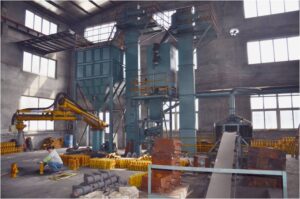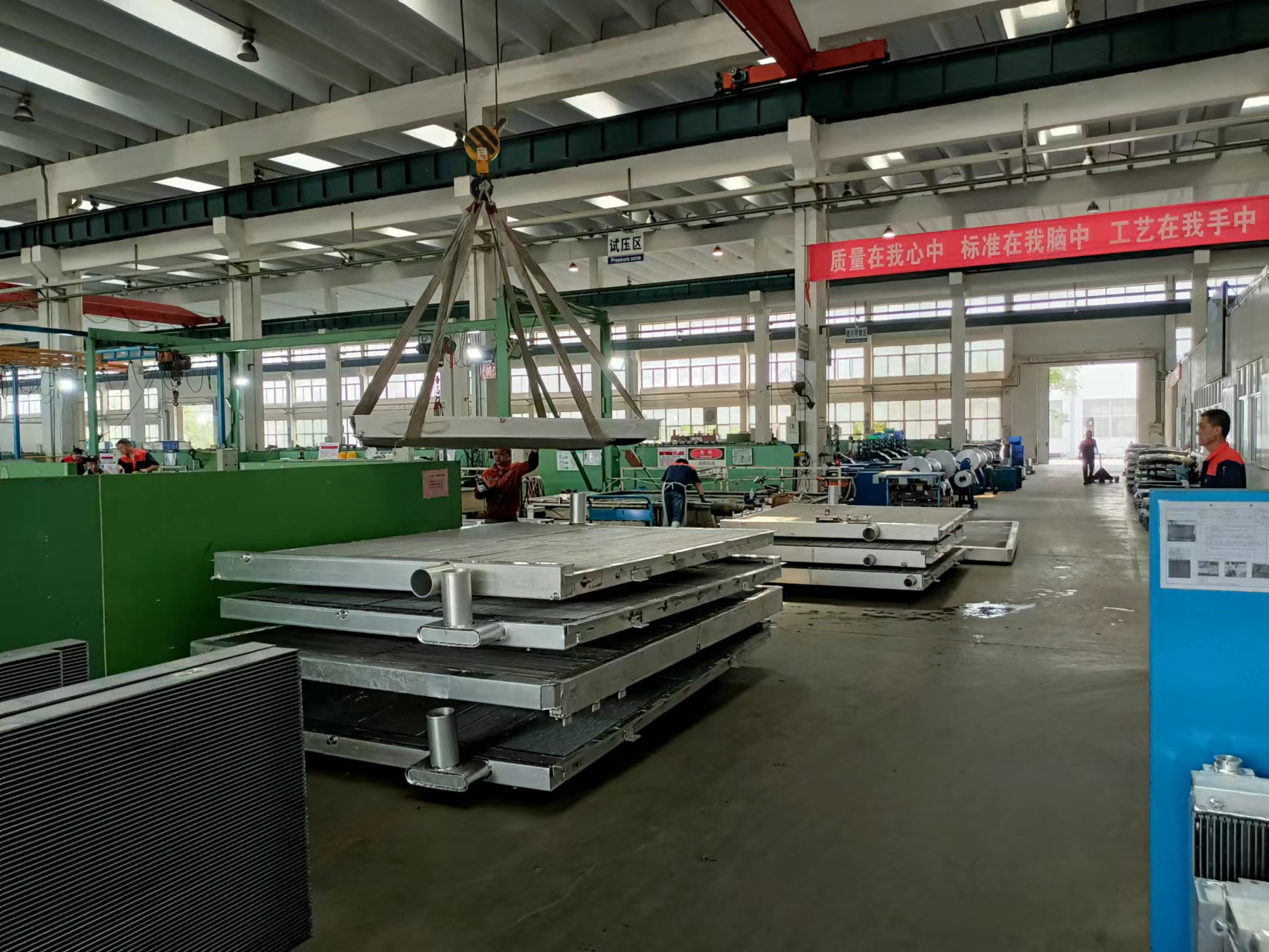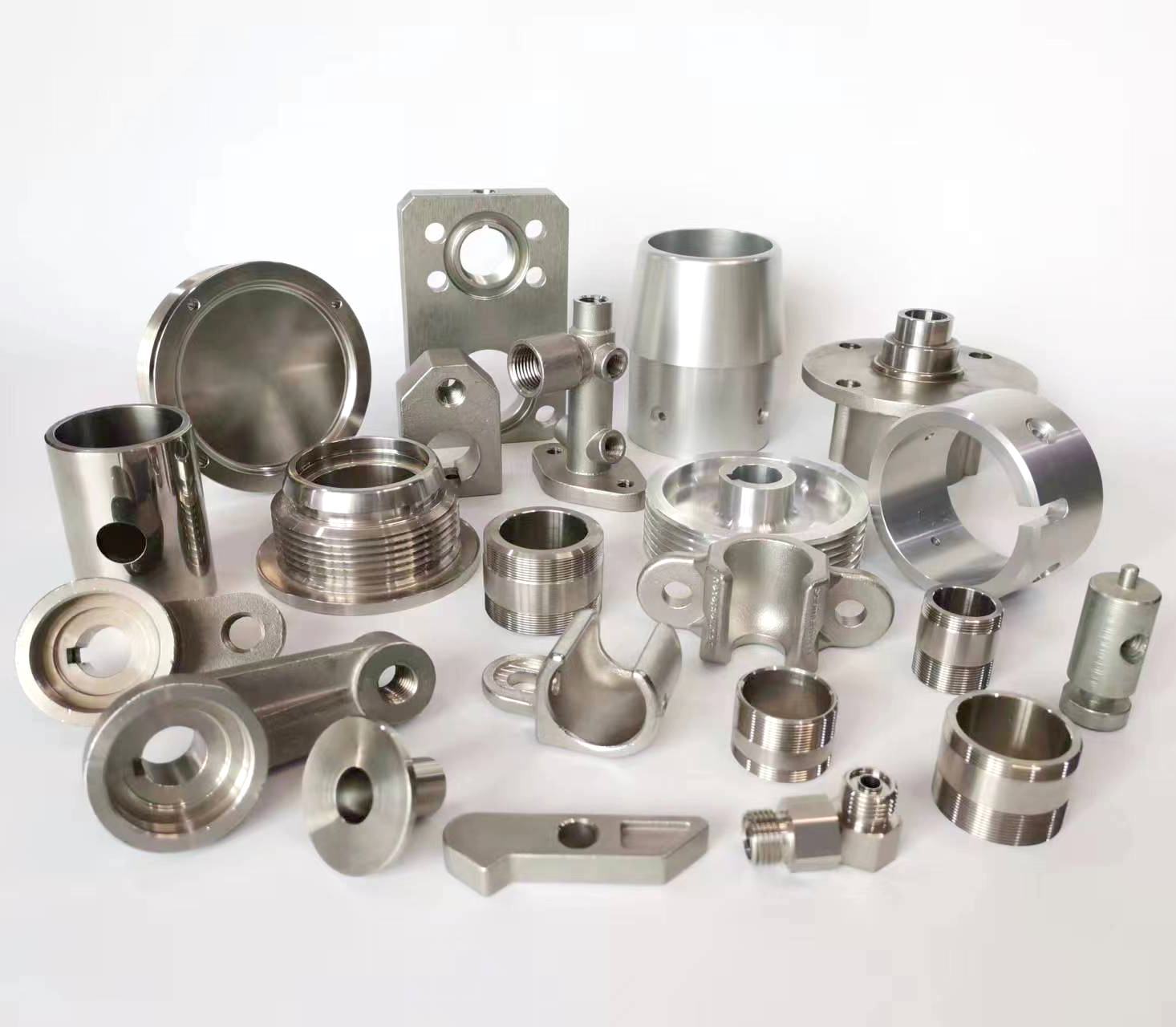
The pricing trajectory of key steel raw materials—iron ore, coking coal, and scrap—over 2025–2026 will be shaped by a combination of supply-demand dynamics, macroeconomic policies, and geopolitical uncertainties. Here’s a comprehensive analysis based on industry trends and forecasts:
- Iron Ore: Volatility Amid Supply Expansion and Weakening Demand
2025 Forecast:
Global iron ore supply is expected to remain ample, with production projected to exceed 26 billion tons (+2,000 million tons YoY), driven by increased output from Australia and Brazil. However, demand-side pressures from China’s slowing steel production (crude steel output likely falling 1.3% to 990 million tons) and global economic headwinds may push prices lower.
Prices are forecast to average **95/tonin2025∗∗,down13.695/tonin2025∗∗,down13.6118/ton) may occur due to supply disruptions (e.g., weather-related mine closures) or speculative trading.
2026 Outlook:
Prices could stabilize near $80–100/ton, contingent on China’s steel demand recovery and global decarbonization policies. Prolonged weak demand from the property sector and slower infrastructure growth may limit upside.
- Coking Coal: Structural Weakness Persists
2025 Trends:
Oversupply and high inventories are likely to dominate. In China, coking coal prices fell through Q1 2025 amid weak steel margins and reduced blast furnace utilization. Global supply is projected to rise by ~10 million tons, while demand remains tepid due to steel production cuts.
Prices may hover between $110–190/ton, pressured by weak downstream demand and competition from alternative fuels.
2026 Projections:
A potential rebound hinges on steel industry consolidation and stricter capacity controls. However, long-term decarbonization shifts (e.g., hydrogen-based steelmaking) could further reduce coking coal demand, capping price gains.
- Scrap Steel: Mixed Signals Amid Shifting Economics
2025 Dynamics:
Scrap prices face downward pressure due to rising supply (post-COVID industrial activity recovery) and reduced electric arc furnace (EAF) utilization in China. In February 2025, scrap prices averaged ¥2,553/ton (-15.8% YoY), with further declines expected as supply outpaces demand.
Weak cost competitiveness against iron ore (due to lower iron ore prices) may limit scrap’s usage in blast furnaces.
2026 Recovery Potential:
Prices could stabilize if EAF production rebounds (driven by carbon neutrality policies) and global scrap recycling infrastructure expands. Government incentives for green steel may provide marginal support.
- Macro and Geopolitical Risks
Policy Impacts:
China’s “dual carbon” goals and capacity swaps will pressure high-cost producers, indirectly affecting raw material demand. Stimulus measures (e.g., infrastructure spending) may temporarily boost demand but are unlikely to offset structural declines in property-sector steel consumption.
Trade and Currency Risks:
A weaker RMB (¥7.05/USD in early 2025) raises import costs for dollar-denominated commodities like iron ore. Meanwhile, potential U.S. tariff hikes under a Trump administration could disrupt global trade flows.
- Long-Term Shifts and Opportunities
Green Transition:
Rising demand for high-grade iron ore (to reduce emissions in blast furnaces) and scrap-based EAF production will reshape raw material markets. Companies investing in low-carbon technologies may gain pricing power.
Regional Divergence:
Southeast Asia and India could emerge as growth markets for raw materials, driven by infrastructure expansion, partially offsetting China’s slowdown.
Conclusion
Iron ore and coking coal prices are expected to face downward pressure in 2025 due to oversupply and muted demand, with potential stabilization in 2026 as markets adjust to new equilibria. Scrap prices will remain volatile, influenced by recycling rates and policy shifts. Key risks include geopolitical tensions, currency fluctuations, and the pace of green steel adoption. Industry players should prioritize cost management, supply chain diversification, and alignment with sustainability trends to navigate this complex landscape.





